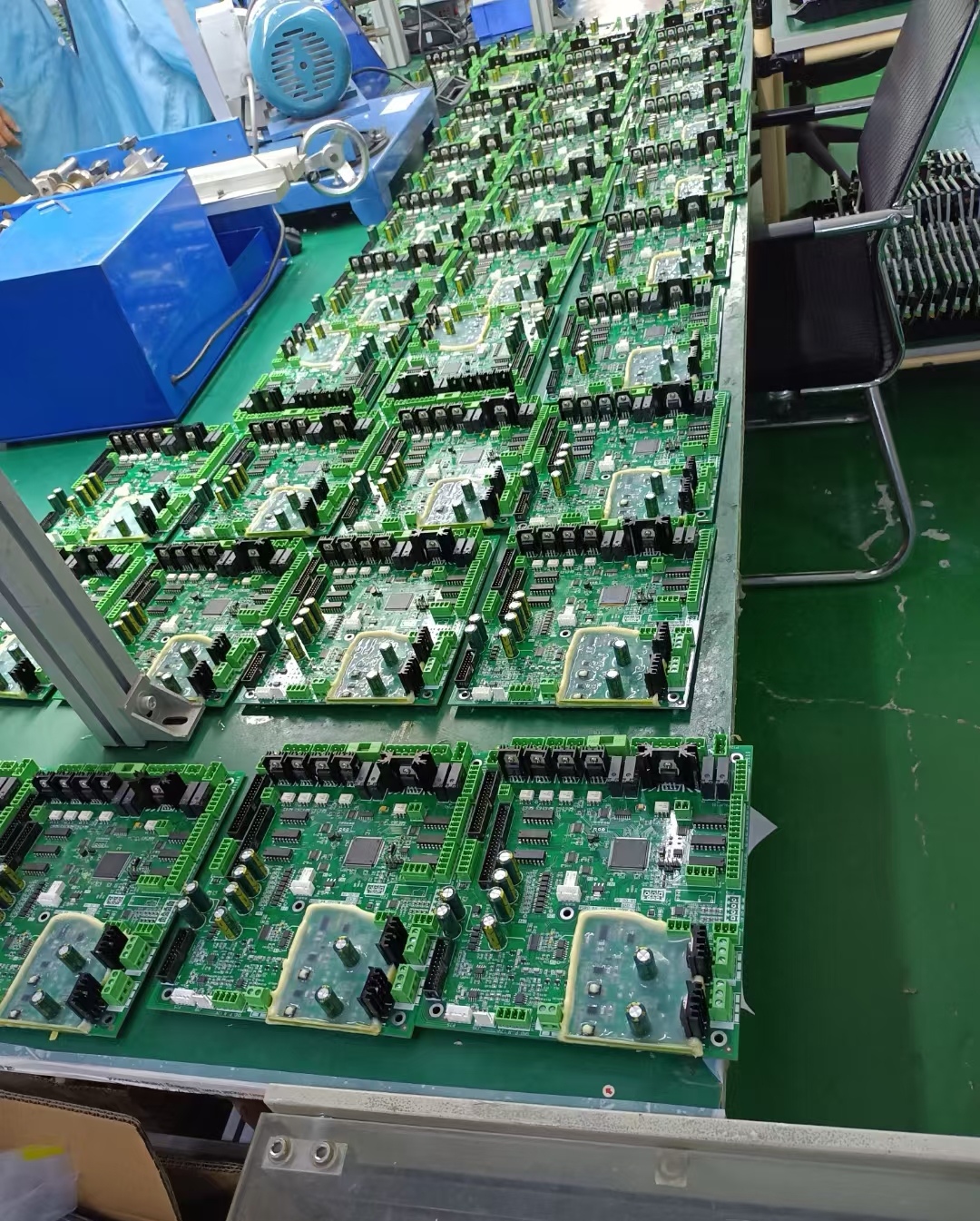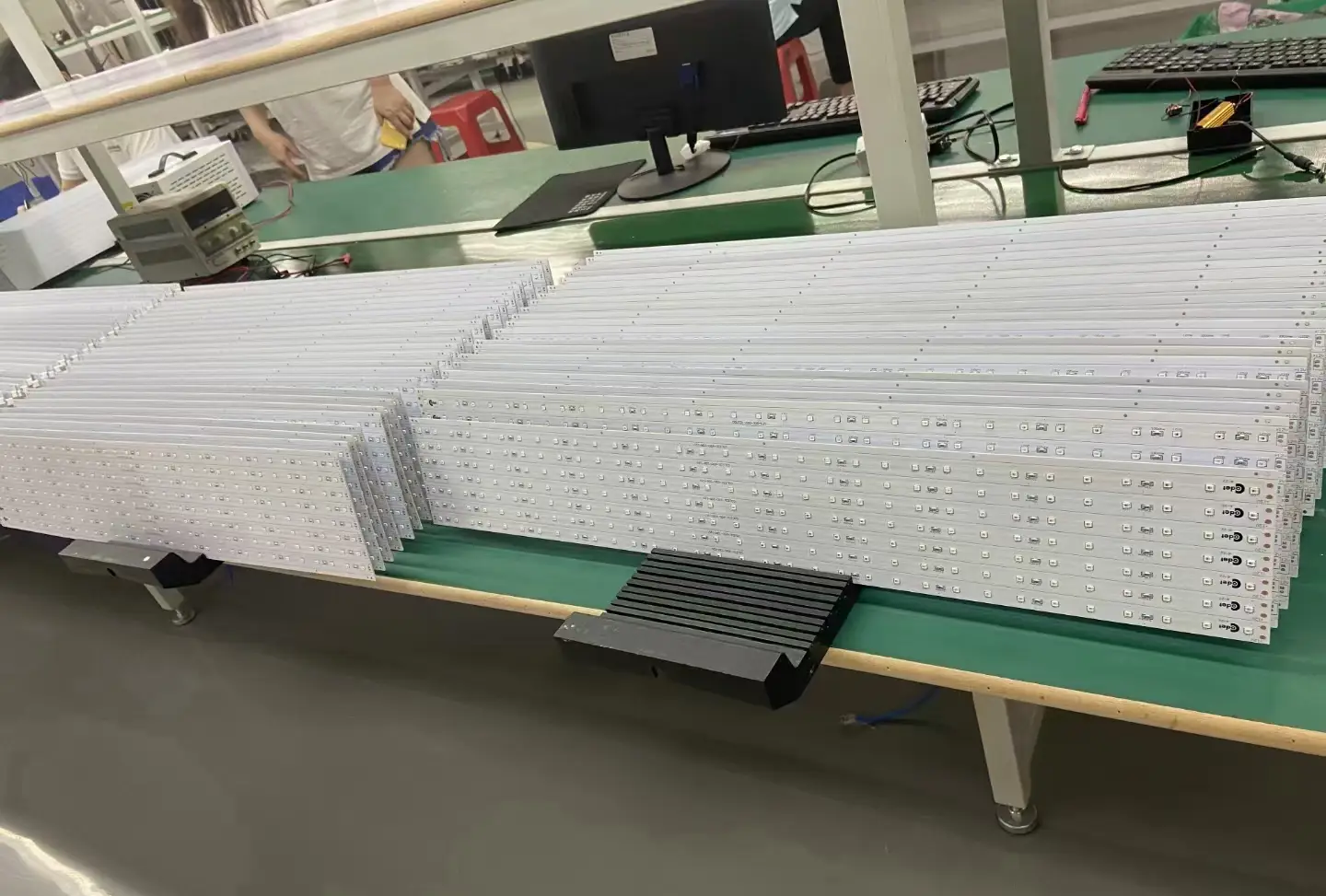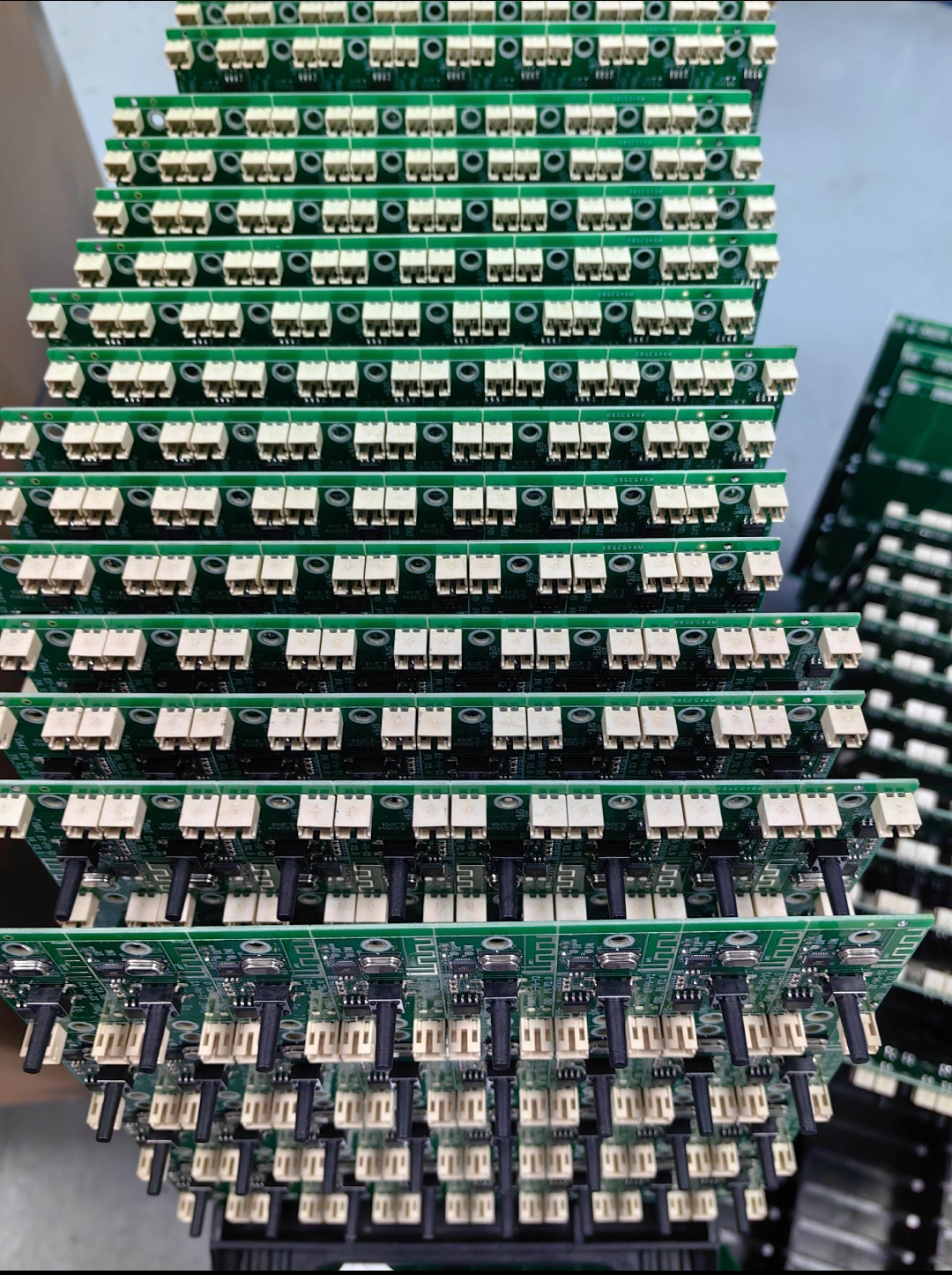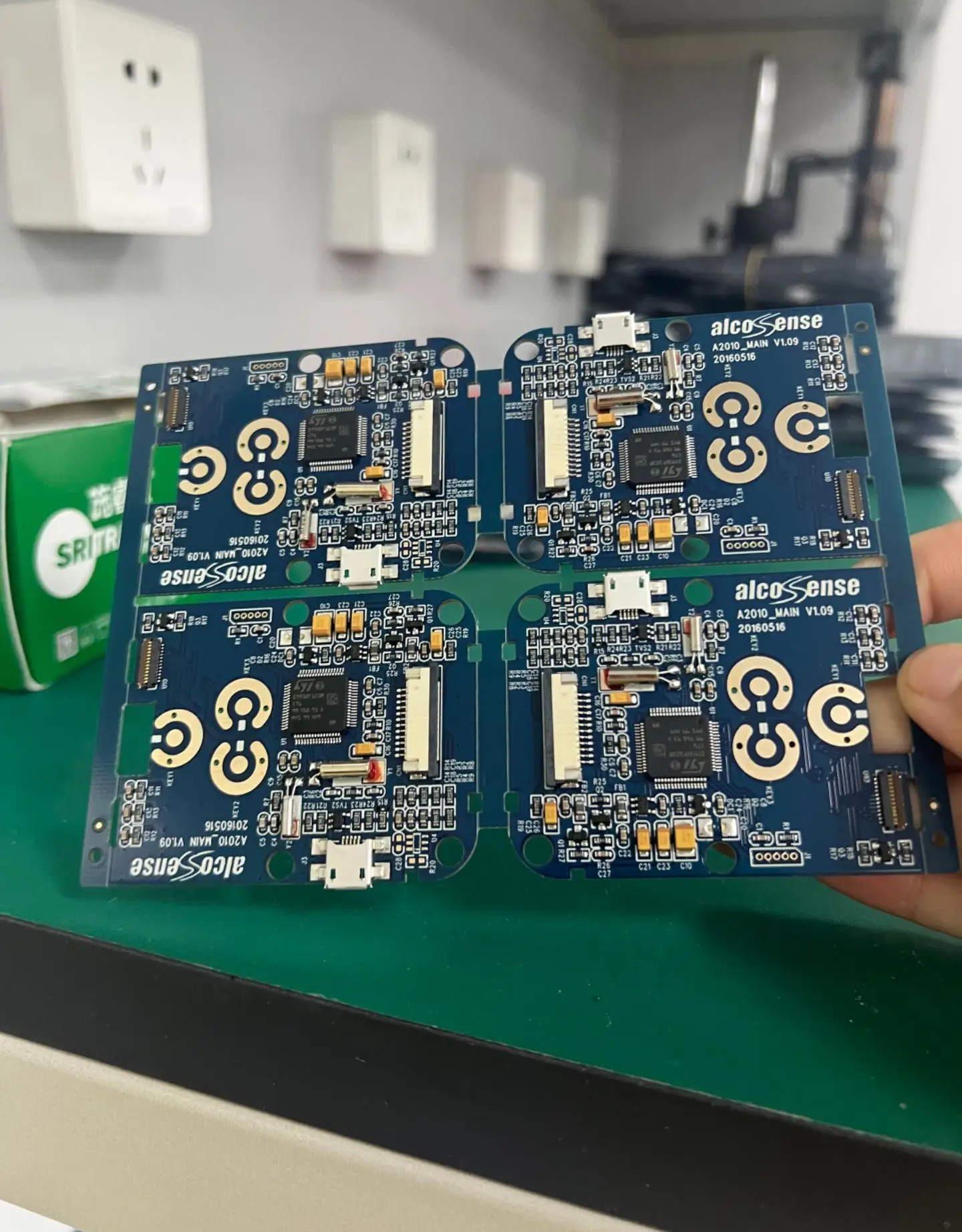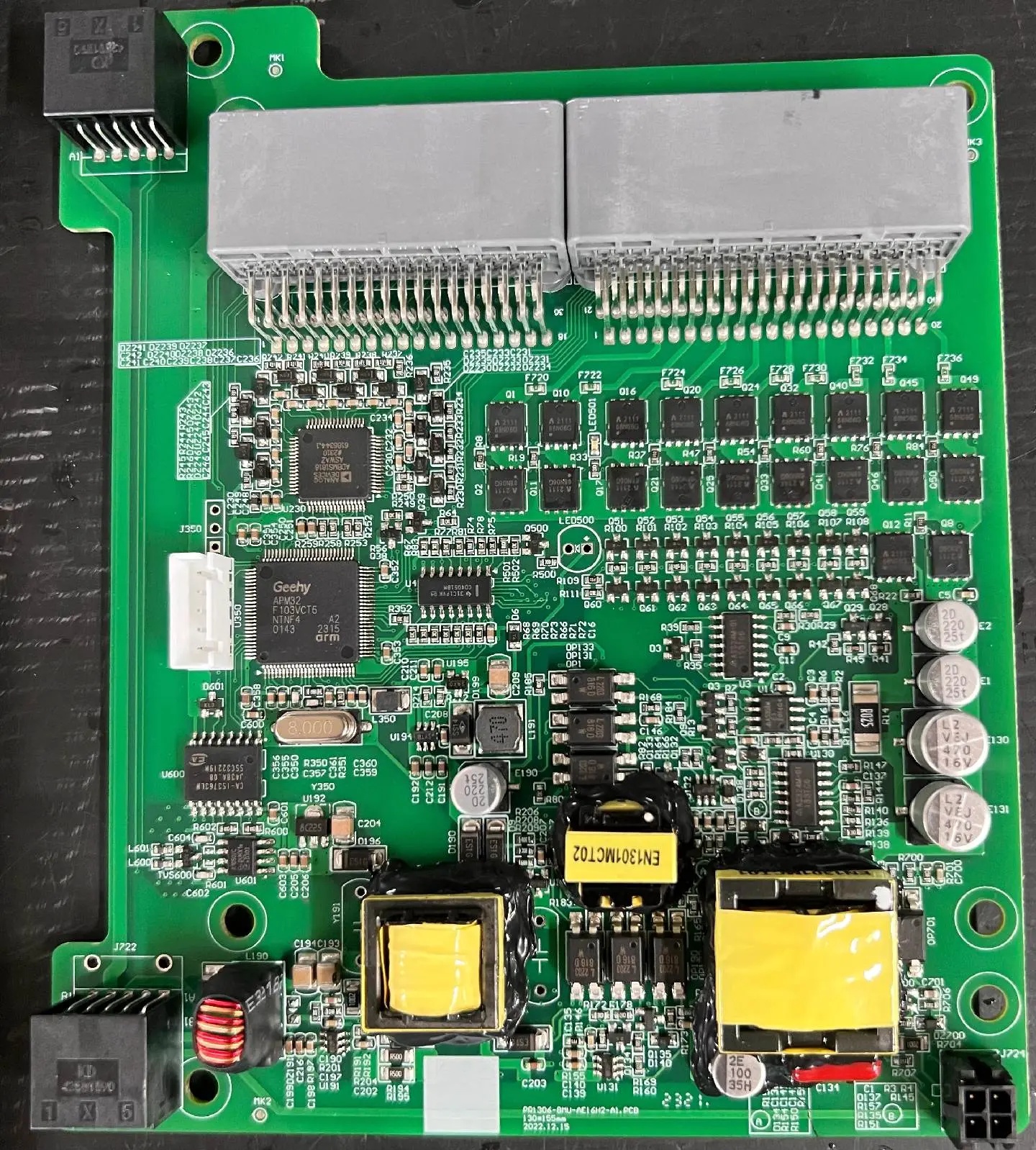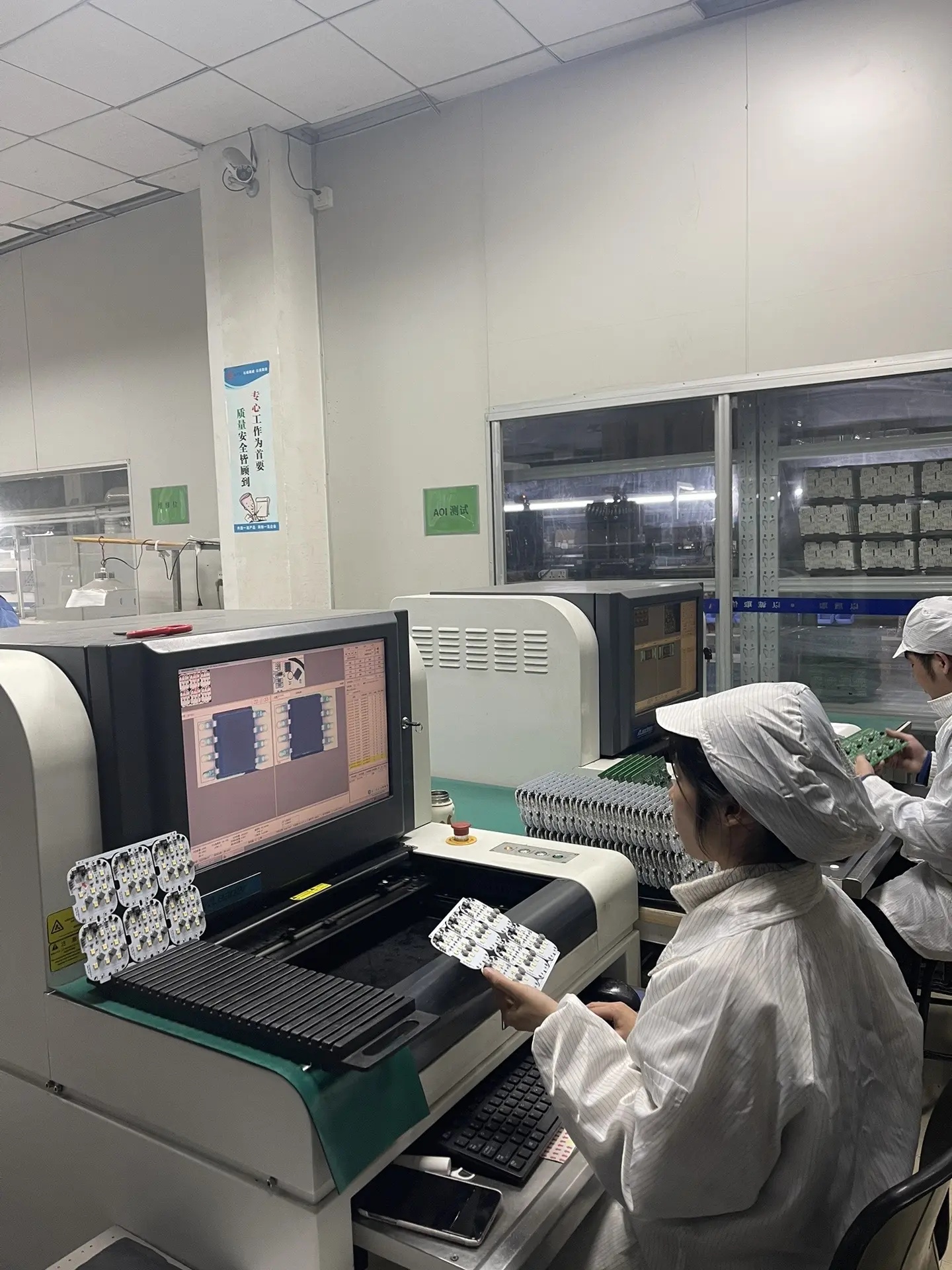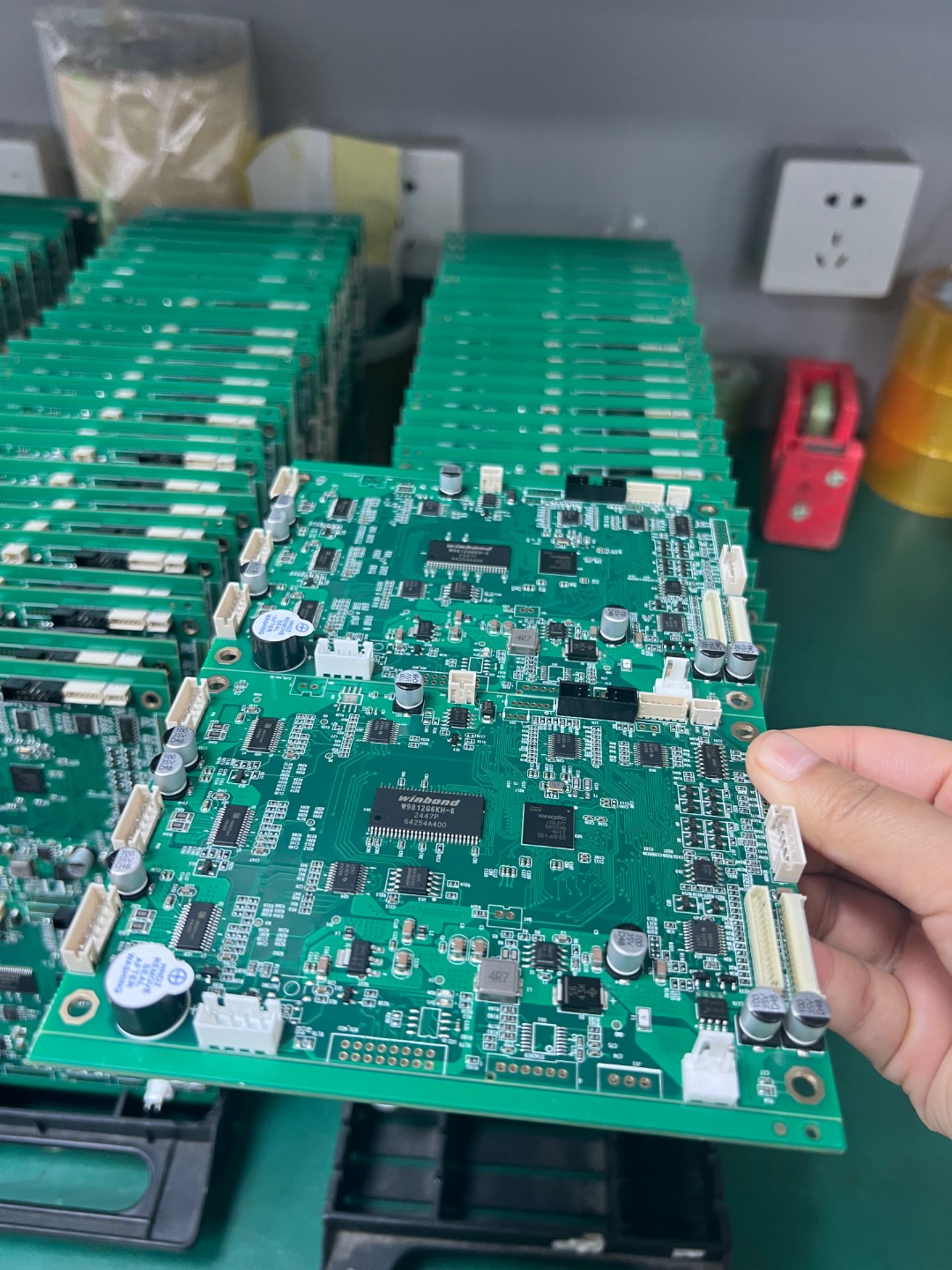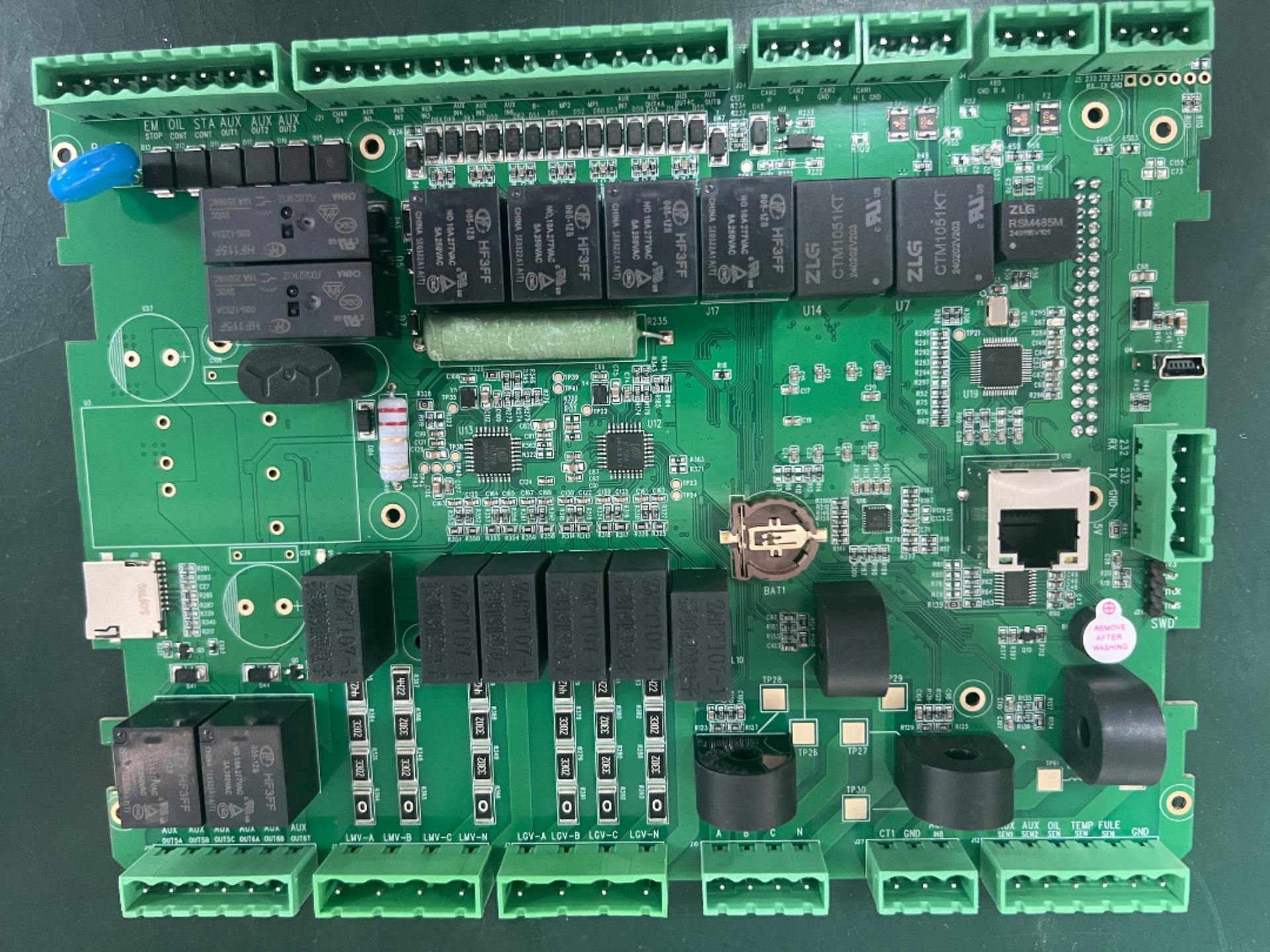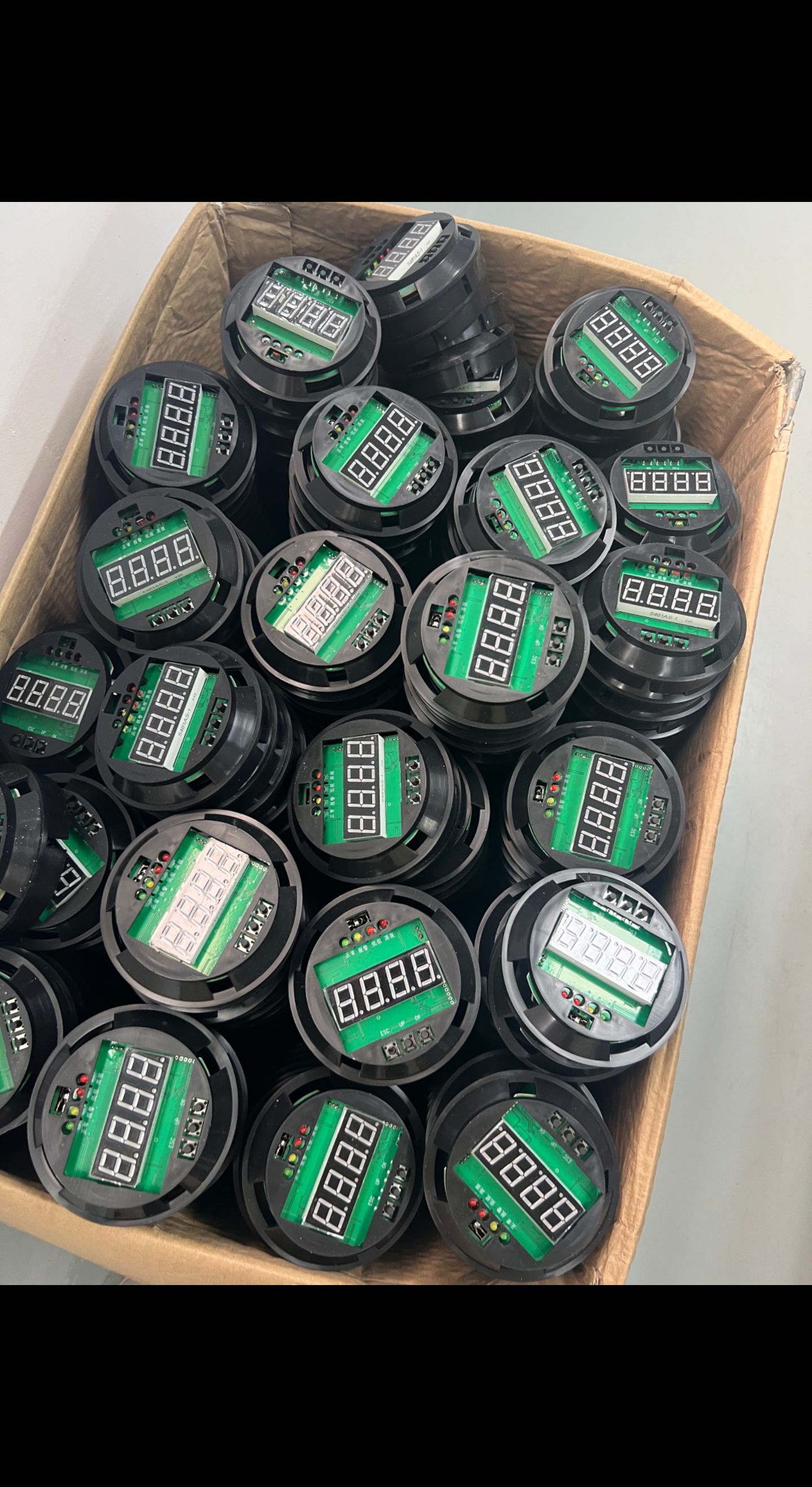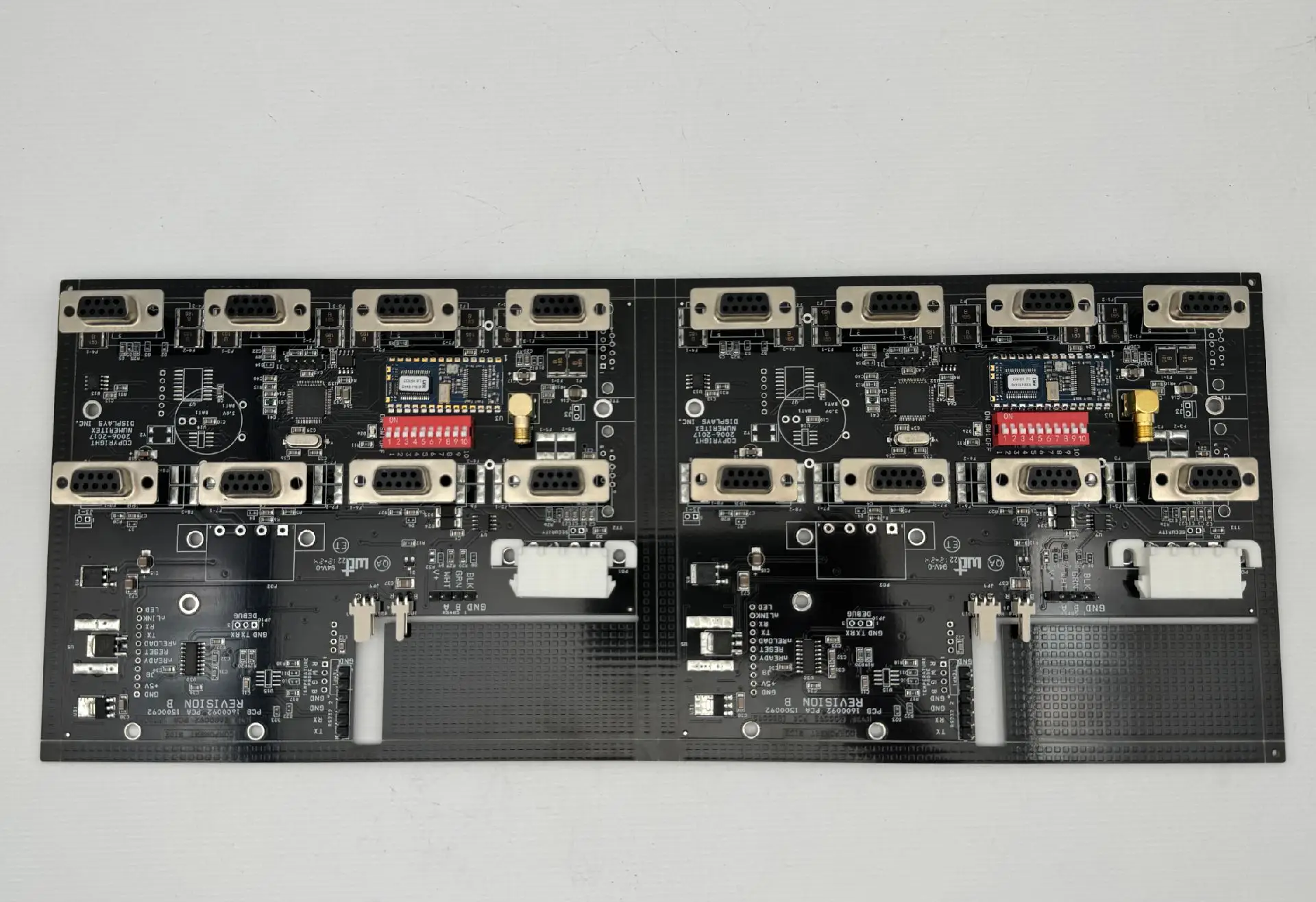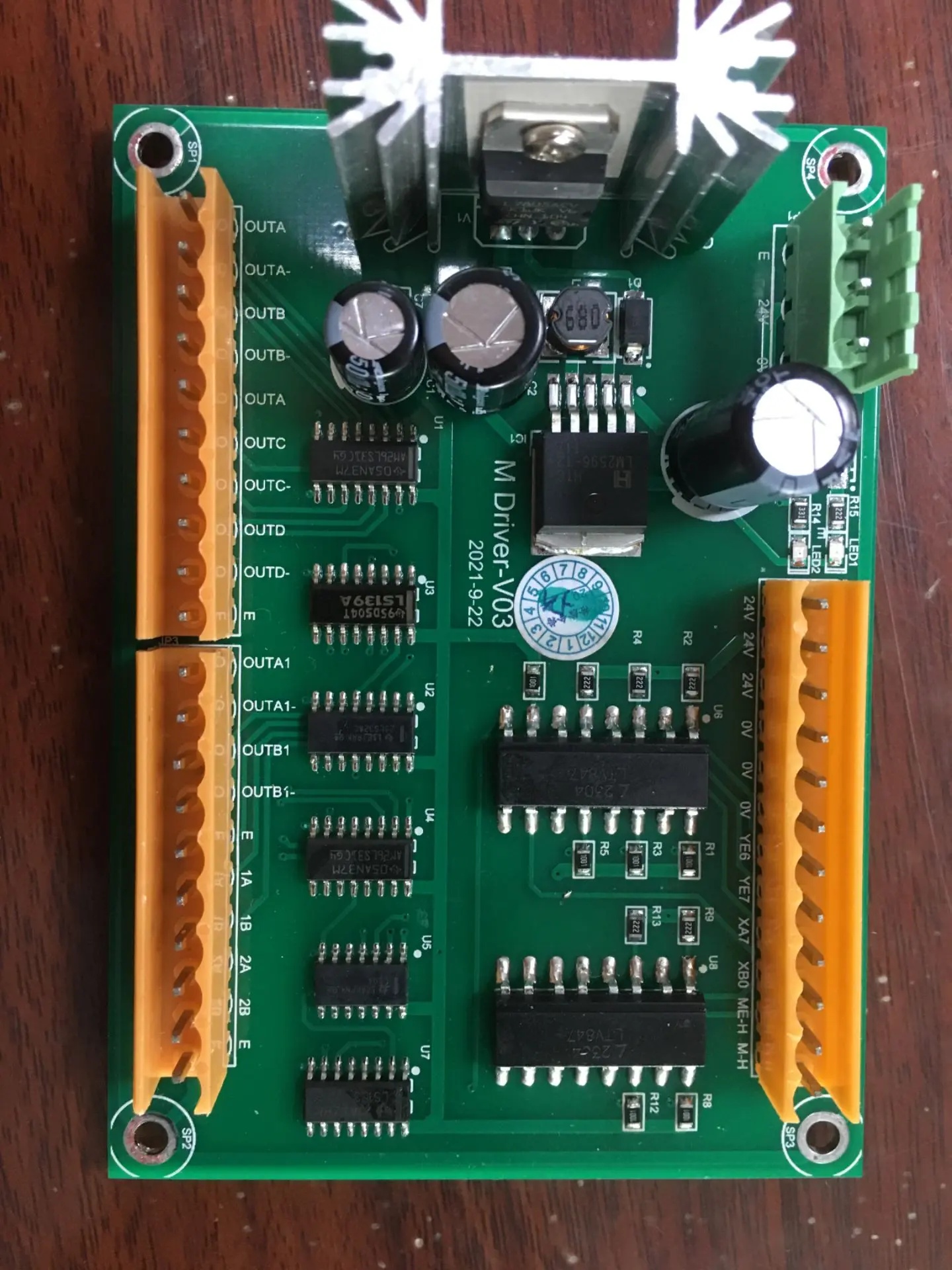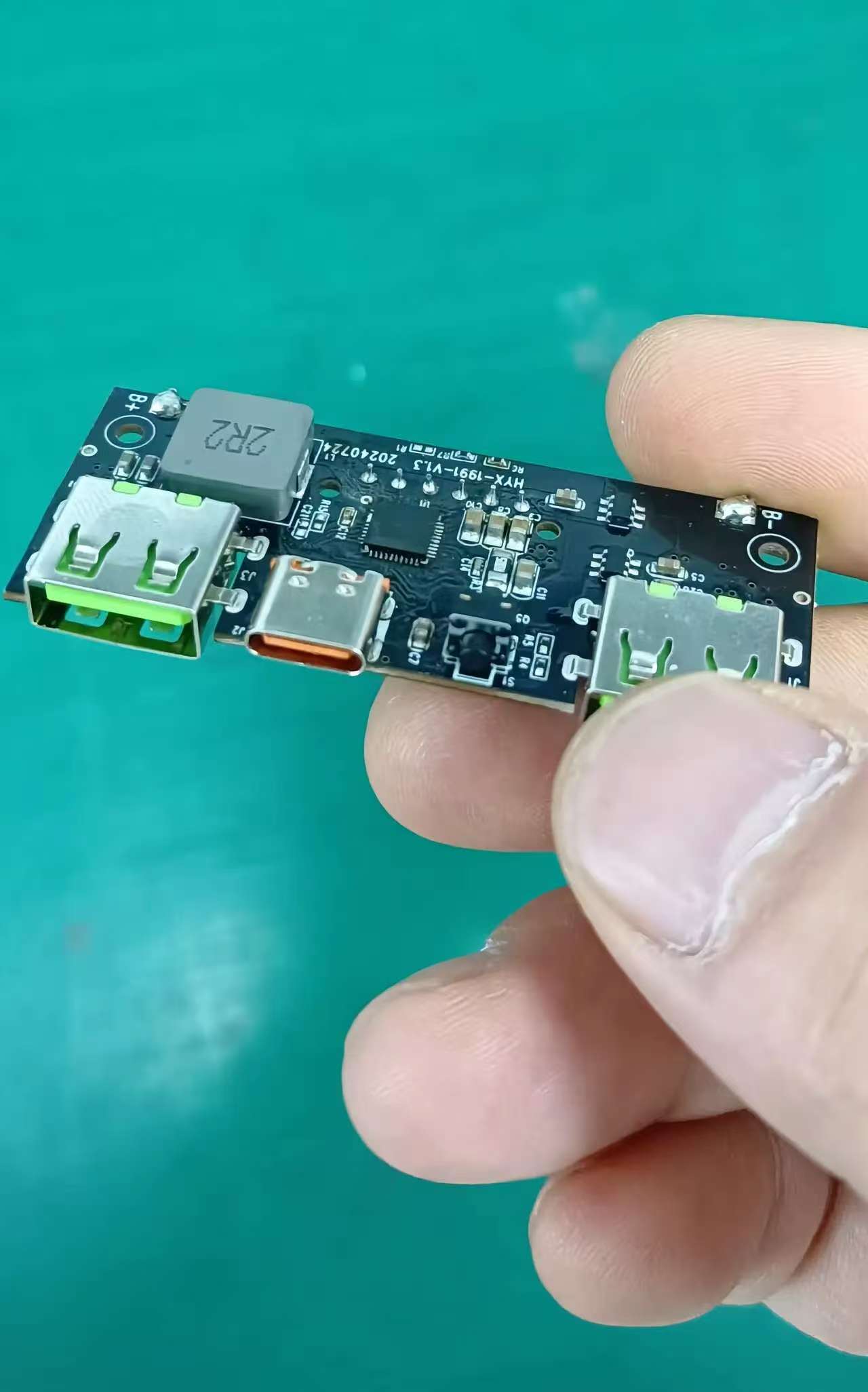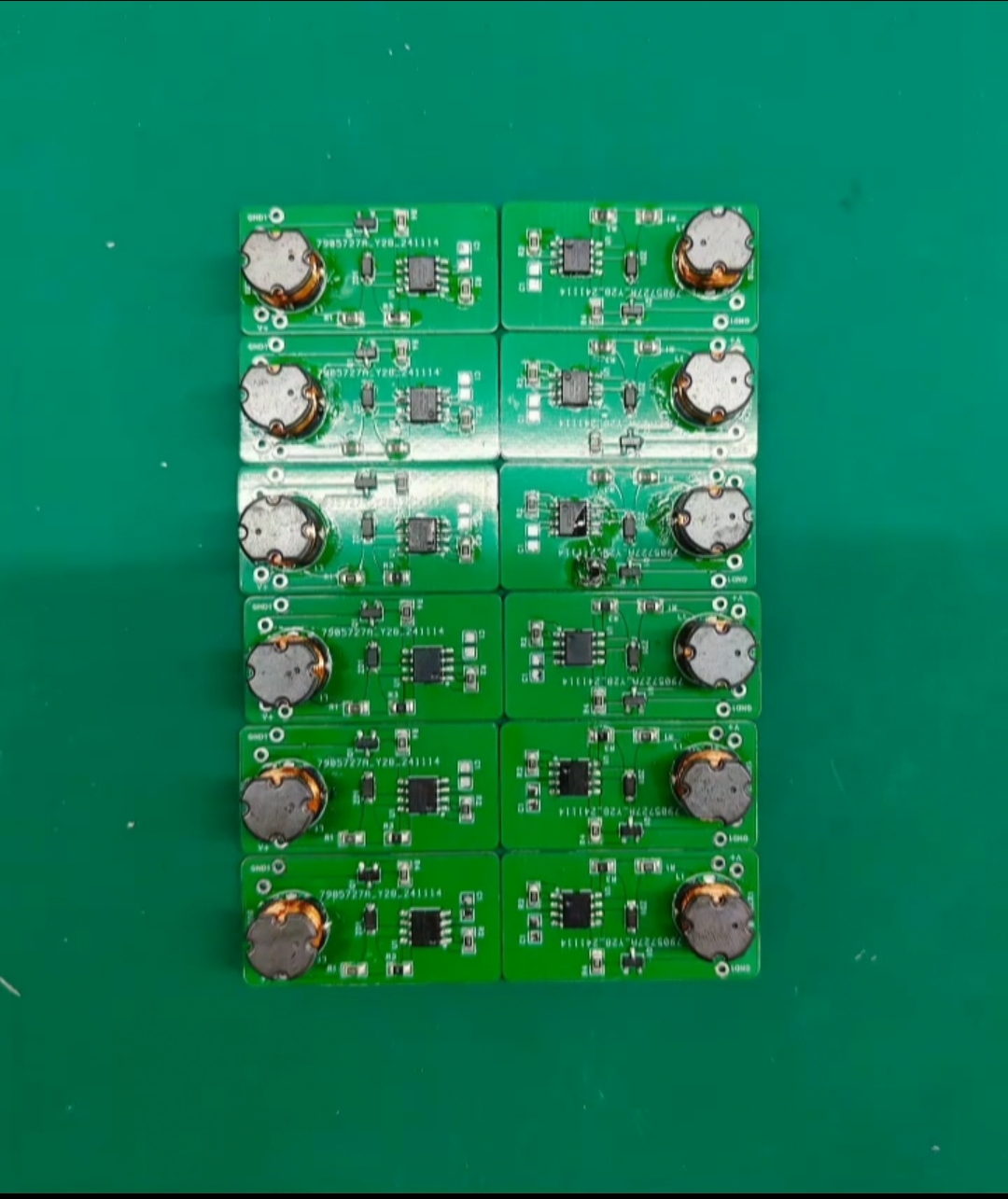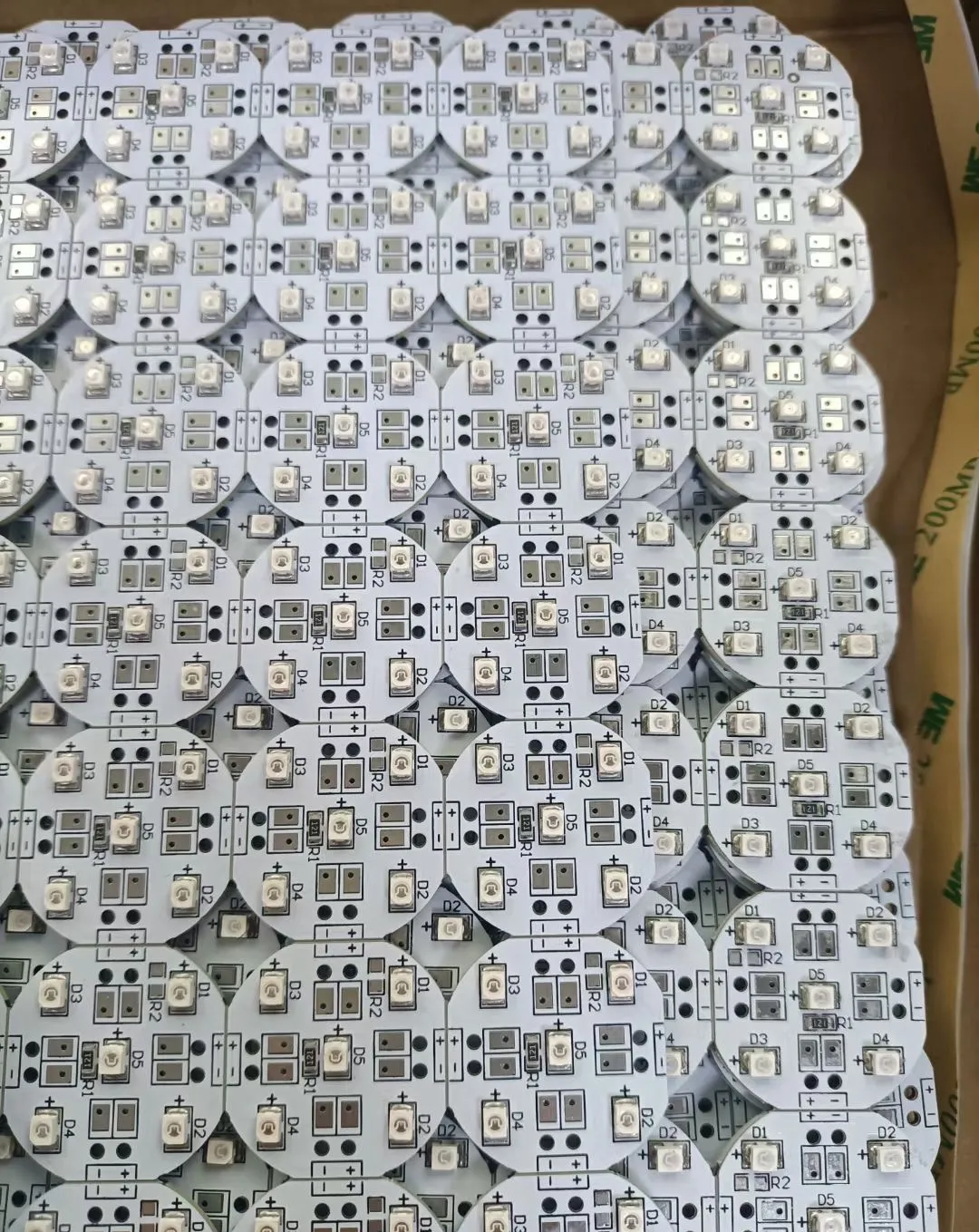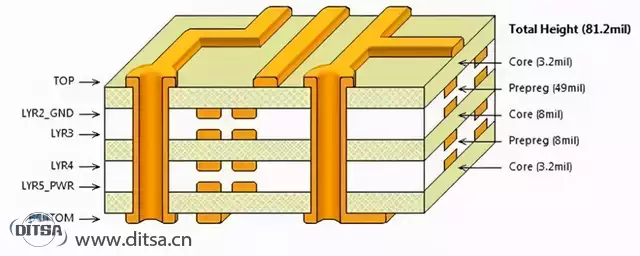
PCB fabrication and design can come in many different styles. Each has its own benefits and deficits. When you create your own PCB, you will need to decide what kind of PCB you want. In order to do this, you will need to know the differences between each option. One big decision you will need to make is whether you want to use a multilayer PCB. Understanding the advantages of multilayer PCBs is vital to making that decision.
Physical Improvements
Although a multilayer PCB might seem like a large device, it is actually smaller than normal PCBs with the same functionality. This gives them an inherent advantage, as they can fit inside tighter spaces. They are also quite lightweight, which makes them very useful for powerful devices that need to worry about weight. Generally, a multilayer PCB boasts additional durability, as it must be capable of handling the heat and weight of its own manufacturing.
PCB Quality
A multilayer PCB has many physical benefits, but you might wonder whether it actually functions better. To put it simply, it does function better. The multilayer adds more connectivity and functions as a single component. This creates a powerful PCB that can handle more than other PCB designs. The only downside to this increase in function is the increase in planning needed to create a good PCB. It does require a good amount of prep and knowledge to make a quality PCB. That is why you need to use a prototype PCB assembly service to ensure you are making exactly what you need.
There are some other challenges in creating a multilayer PCB, such as cost or finding a service to make it. However, you can overcome these obstacles with good planning and careful consideration of all the factors of making a PCB. That is why understanding the advantages of multilayer PCBs is so important.

